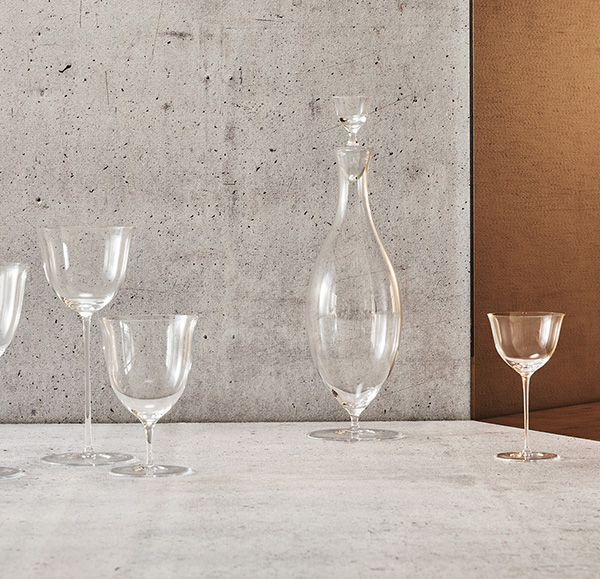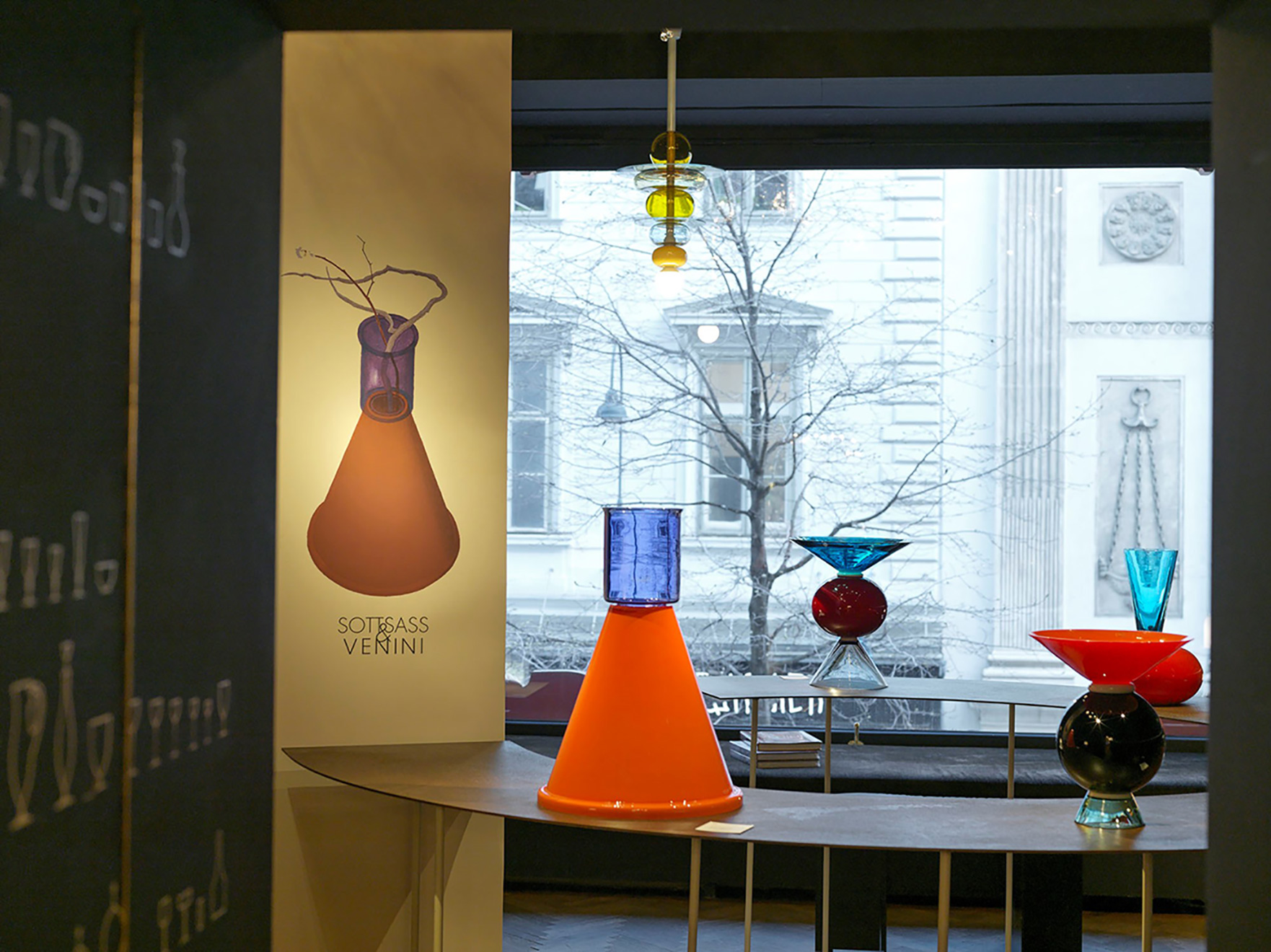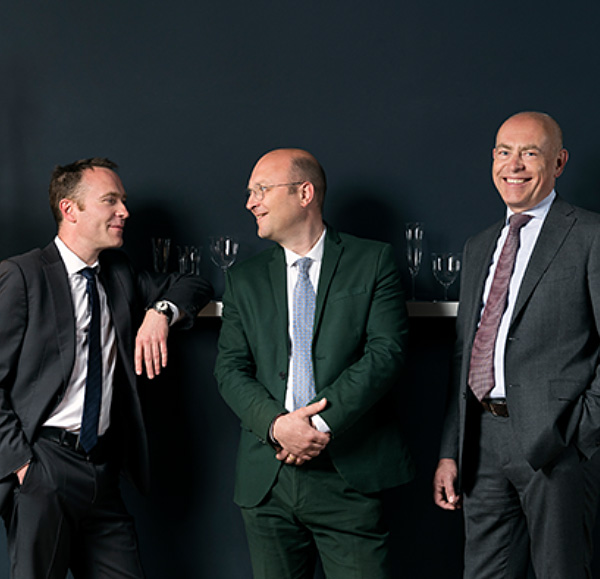
Login
NEW CUSTOMERS
By creating an account with our store, you will be able to move through the checkout process faster, store multiple shipping addresses, view and track your orders in your account and more.
CREATE AN ACCOUNTSEARCH
Shopping cart
Sottsass & Venini
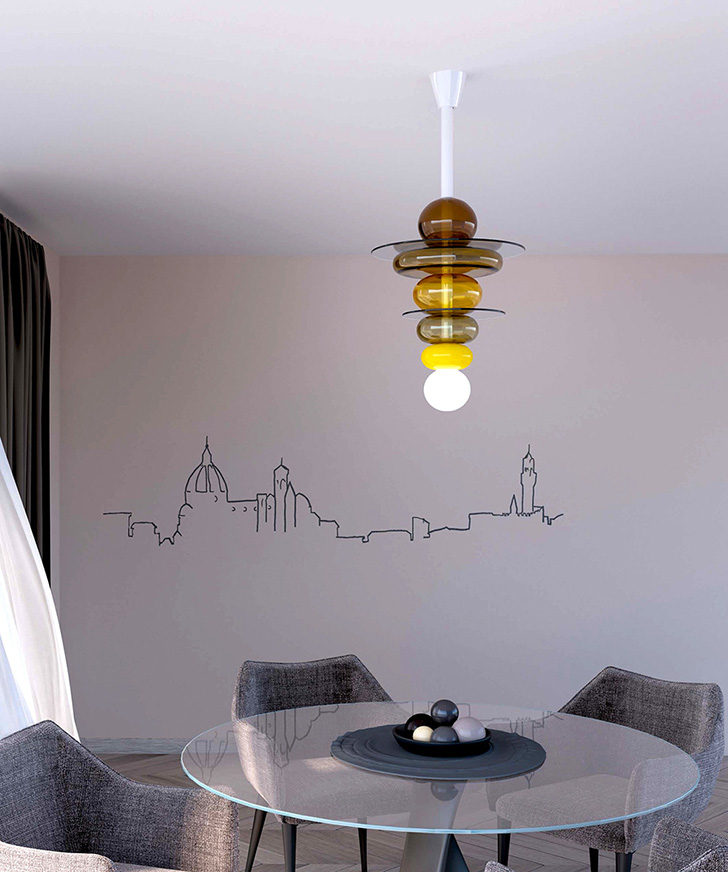
Seen from today, it seems astonishing that Sottsass saw his involvement in architecture and design as being equal; designs for Olivetti, Poltrona Frau, and Venini contributed to his fame, as did his architectural projects for the Esprit clothing brand and Malpensa Airport in Milan.
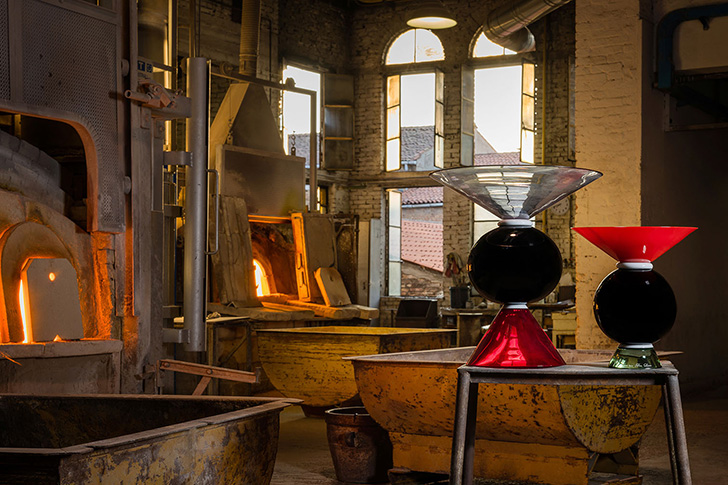
Lobmeyr present designs created by Ettore Sottsass (1917–2007) for Murano glassworks Venini. Sottsass, who began working with Venini in 1988, is considered one of the most important Italian architects and designers of the twentieth century, alongside Carlo Scarpa.
One of the first things one associates with Sottsass, who was born in Innsbruck, Austria is the Memphis design collective, which he co-founded in 1981. Together with other creatives including Michele De Lucchi, Andrea Branzi, Matteo Thun, Alessandro Mendini, and Hans Hollein, Sottsass radically diverged from the prevailing design credo of form follows function. This great stroke of liberation stripped objects of the need to function, allowing them instead to become a full expression of each designer’s inspiration, intuition, emotion, and creativity.
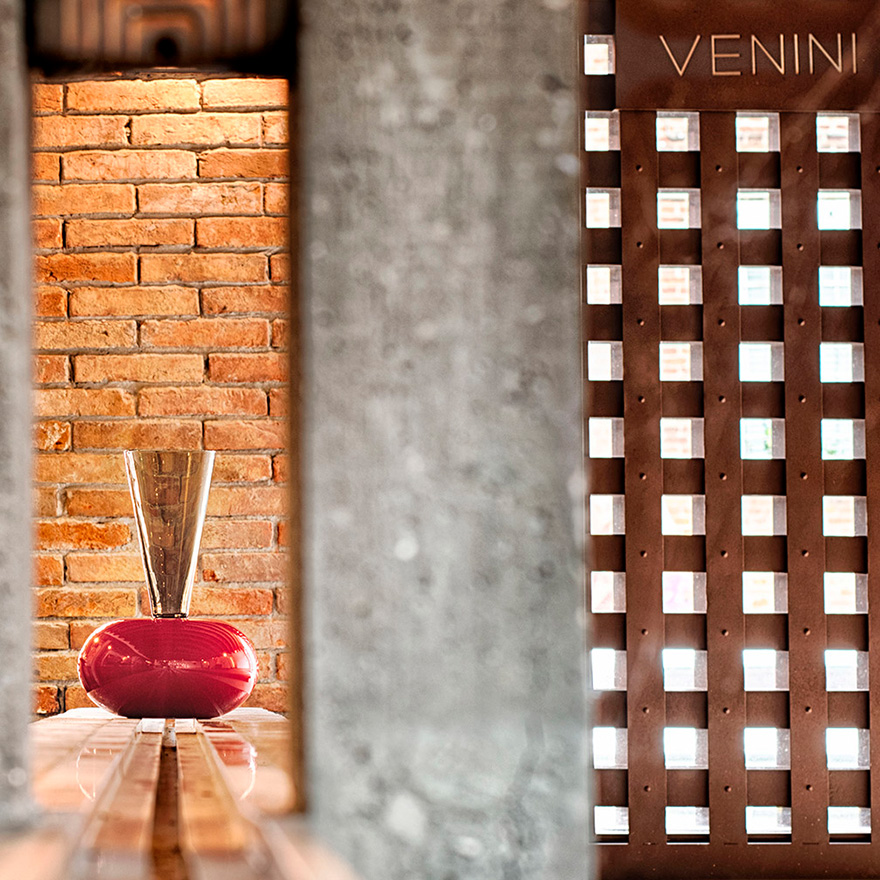
Glass was a material dear to Sottsass’s heart and he began working with Venetian glassmakers as early as the 1940s, first with S.A.L.I.R., then Cenedese and finally, after completing his time at Memphis, for Venini in 1988. The catalogue for his large 2017 exhibition at Le Stanze del Vetro provides a comprehensive overview of his glass work: https://www.cini.it/en/events/exhibition-ettore-sottsass-the-glass
For Venini, he designed floor and table lamps as well as vases and bowls. The formal simplicity of the geometric elements of his pieces is contrasted and enriched by Venini’s unique colours and handblown glass manufacturing.
STORIES
STORIES


